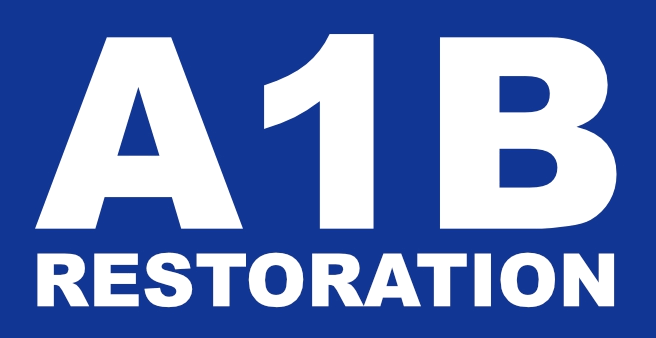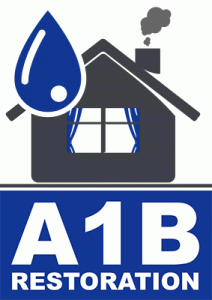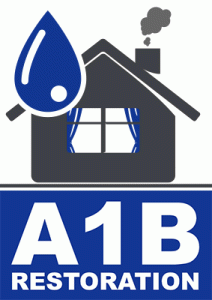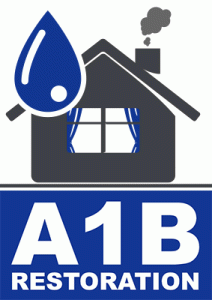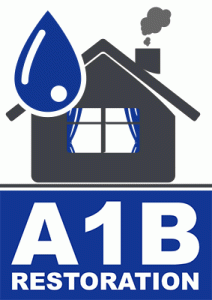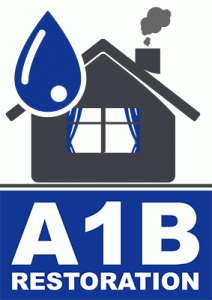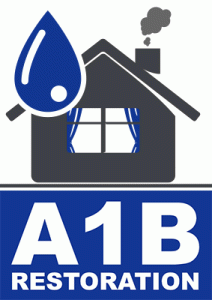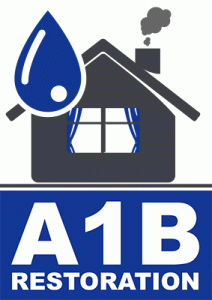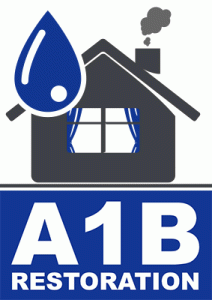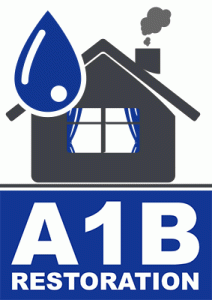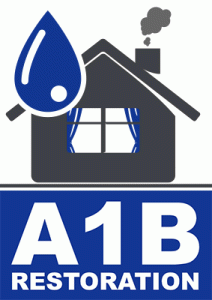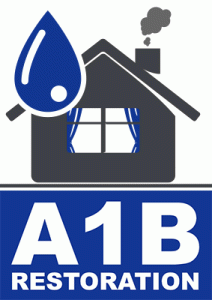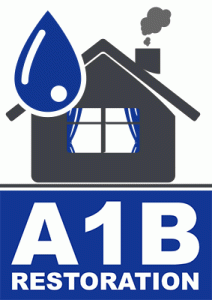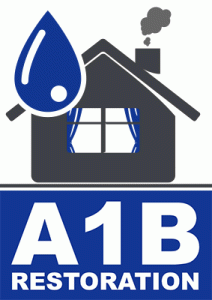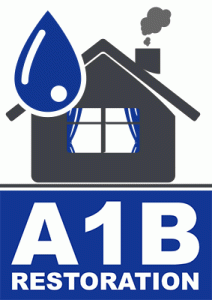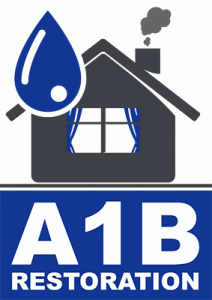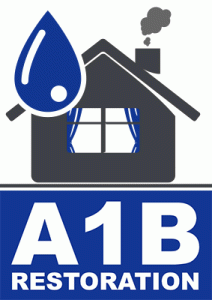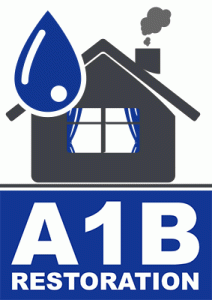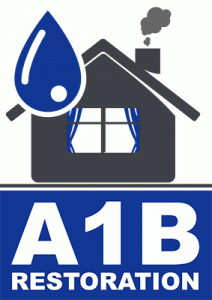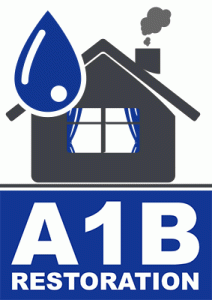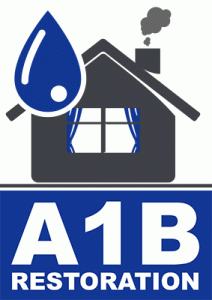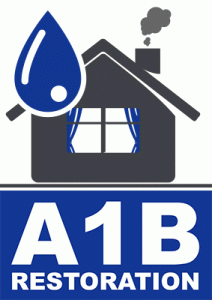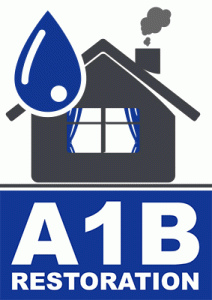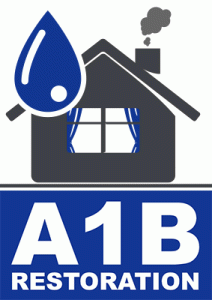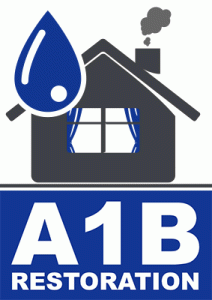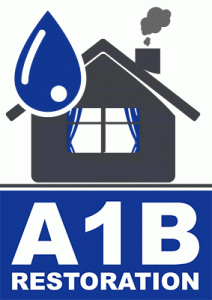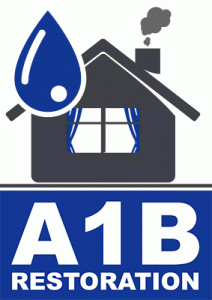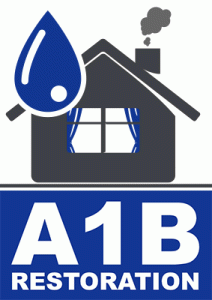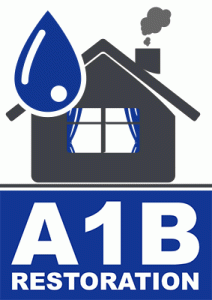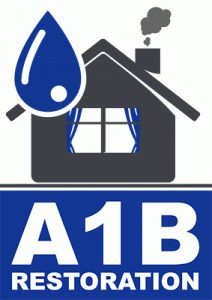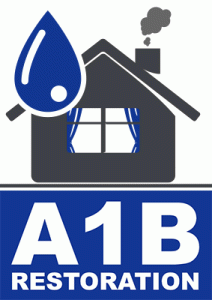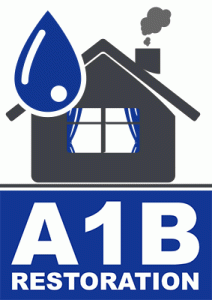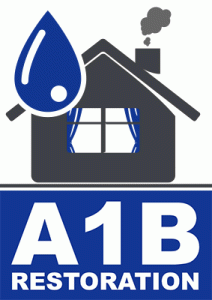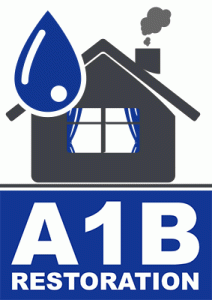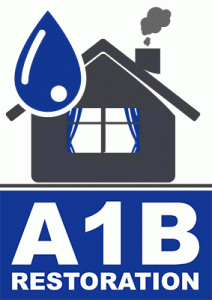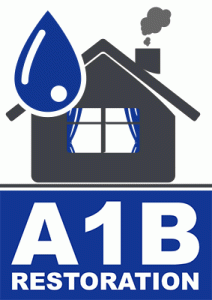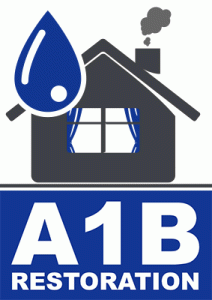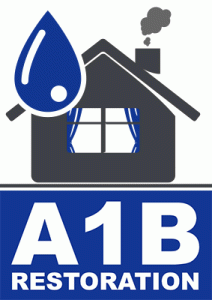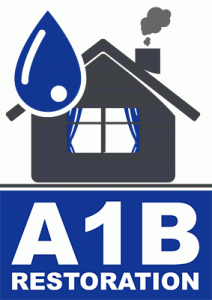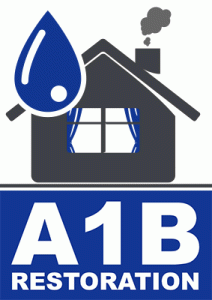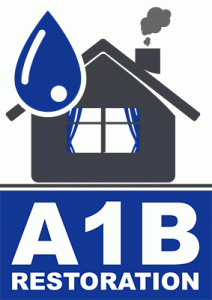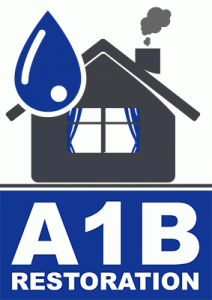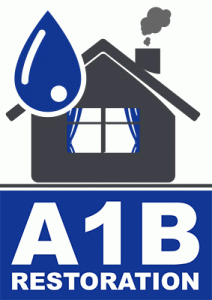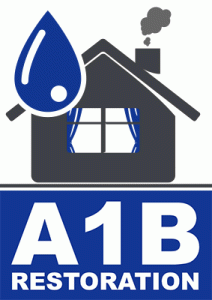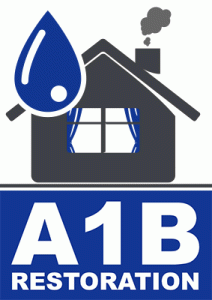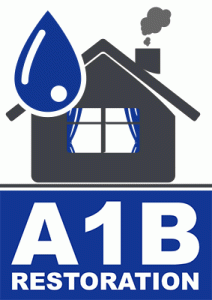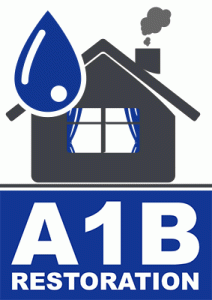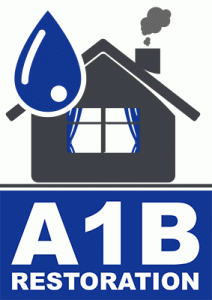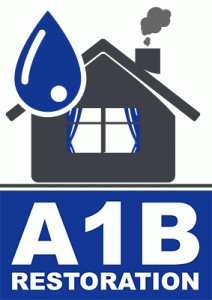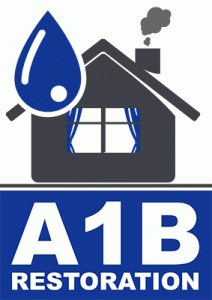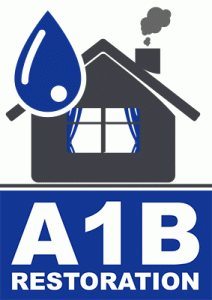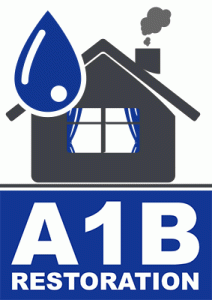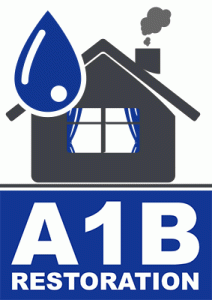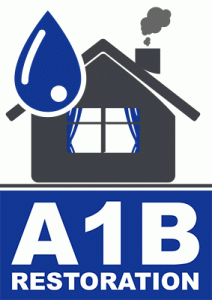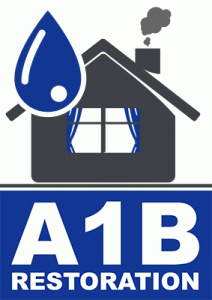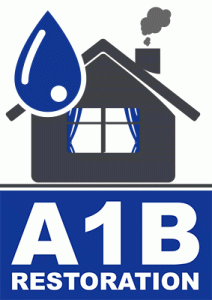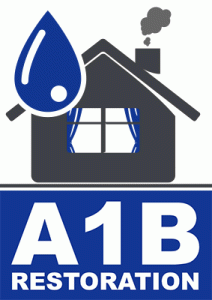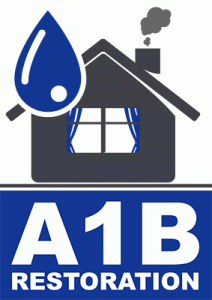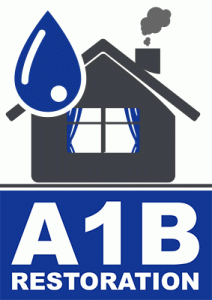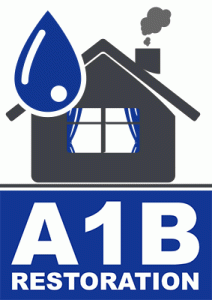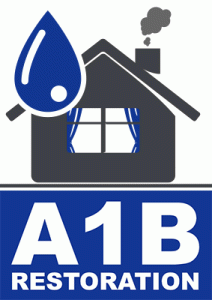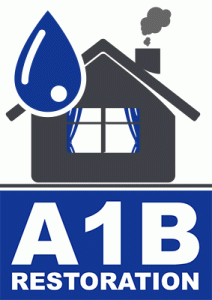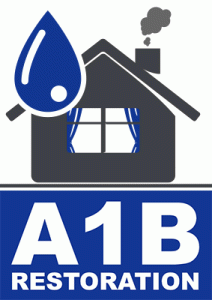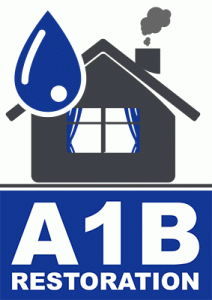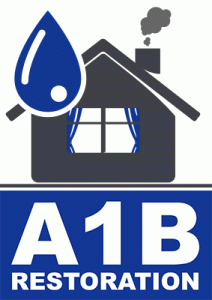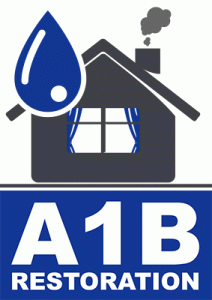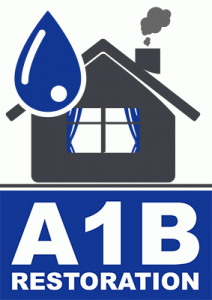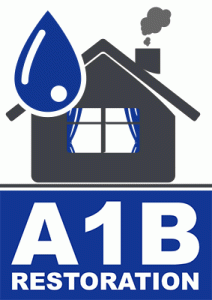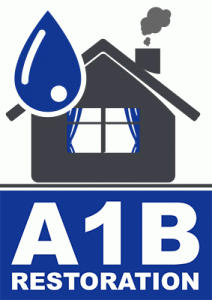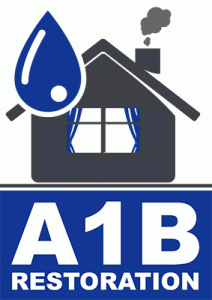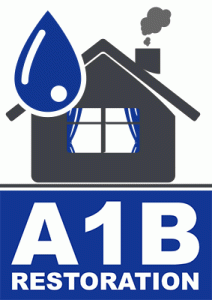How to Avoid Common Water Damage Restoration Mistakes
Water damage can be devastating to your home and costly to repair. According to the Insurance Information Institute, water damage accounts for nearly 29% of all homeowner insurance claims. It’s crucial to restore your home effectively to prevent further issues. This guide will help you avoid common water damage restoration mistakes, ensuring a smooth and efficient recovery process.
Understanding Water Damage
Before diving into the restoration process, it’s essential to understand the different categories of water damage. This knowledge will guide you in choosing the right restoration methods and help you avoid pitfalls.
Categories of Water Damage
Category 1: Clean Water
This type of water damage involves clean water from sources like broken pipes or overflowing sinks. It’s the least harmful but still requires prompt attention.
Category 2: Grey Water
Grey water contains significant contaminants and can cause discomfort or illness. It originates from washing machines, dishwashers, or toilet overflow with urine.
Category 3: Black Water
Highly contaminated water from sewage backups or floodwaters belongs to this category. It poses severe health risks and requires professional handling.
Common Water Damage Restoration Mistakes
Delaying Water Damage Assessment
One of the most critical mistakes is delaying the assessment of water damage. The longer you wait, the more damage can occur. Mold can start growing within 24 to 48 hours, making it imperative to act quickly.
Actionable Tip: Contact a professional water damage restoration service immediately after noticing the damage. They have the expertise and equipment to assess and address the issue promptly.
Improper Mold Remediation
Mold growth is a common consequence of water damage. Many homeowners attempt DIY mold removal, which can lead to incomplete or unsafe remediation. Mold spores can spread, exacerbating the problem.
Actionable Tip: Hire certified mold remediation specialists who use industry-approved methods to ensure thorough removal. Always wear protective gear if you decide to tackle mold on your own.
Neglecting Hidden Moisture
Hidden moisture is a silent destroyer. Even if surfaces appear dry, moisture can linger in walls, under floors, or within materials, leading to structural damage and mold growth.
Actionable Tip: Invest in moisture detection tools, such as moisture meters or infrared cameras, to identify hidden damp areas. Professionals also offer comprehensive moisture mapping services.
Overlooking Structural Damage
Water damage can weaken your home’s structural integrity. Many homeowners focus on surface-level repairs, ignoring the potential for structural issues that could worsen over time.
Actionable Tip: Have a structural engineer assess your home if you suspect any damage. They can identify compromised areas and recommend necessary repairs to prevent future problems.
Using Incorrect Drying Techniques
Effective drying is crucial to prevent further damage. Using household fans or heaters might not be sufficient and can even exacerbate the problem.
Actionable Tip: Utilize industrial-grade drying equipment like dehumidifiers and air movers. Professional restoration services have the right tools to ensure thorough drying.
Failing to Document Damage for Insurance Claims
Accurate documentation is vital for insurance claims. Inadequate records can lead to denied claims or insufficient compensation.
Actionable Tip: Photograph and videotape all affected areas before and during the restoration process. Keep receipts for all repair-related expenses and maintain a detailed inventory of damaged items.
Steps to Effective Water Damage Restoration
Immediate Action
As soon as you notice water damage, take immediate steps to mitigate further damage. Turn off the water source, if possible, and remove valuable items from the affected area.
Professional Assessment and Planning
Engage a reputable water damage restoration company to assess the extent of the damage. They will create a comprehensive plan tailored to your specific situation, ensuring all aspects of the restoration are addressed.
Water Extraction
Efficient water extraction is crucial to prevent further damage. Professionals use powerful pumps and vacuums to remove standing water quickly.
Drying and Dehumidification
After extraction, the drying process begins. Industrial-grade dehumidifiers and air movers accelerate drying, preventing mold growth and structural issues.
Cleaning and Sanitizing
Thorough cleaning and sanitizing are essential, especially in areas affected by grey or black water. Professionals use specialized cleaning agents to eliminate bacteria and prevent health risks.
Restoration and Repairs
The final step involves restoring your home to its pre-damage condition. This may include repairing structural elements, replacing flooring, or repainting walls.
Conclusion
Water damage restoration is a complex process that requires prompt and expert action. By avoiding common mistakes and following best practices, you can effectively restore your home and prevent future issues. Remember, professional help is invaluable in ensuring a thorough and safe restoration process. Protect your home and health by staying informed and acting swiftly in the face of water damage.
For more information and assistance, consider reaching out to certified water damage restoration professionals who can provide tailored solutions for your specific needs.
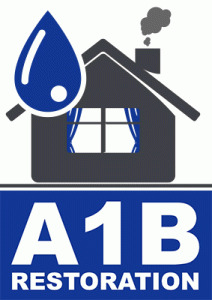
water restoration companies near me Rockwall Texas
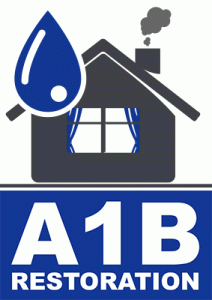
restoration company water damage Duncanville Texas

Richardson TX water damage restoration companies near me
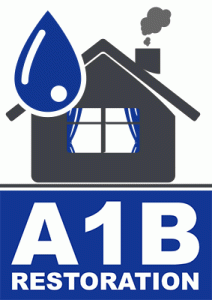
Carrollton Texas water damage restoration service near me
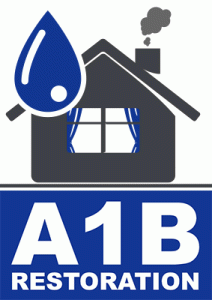
water damage and restoration companies Euless Texas

water damage cleanup companies North Richland Hills Texas
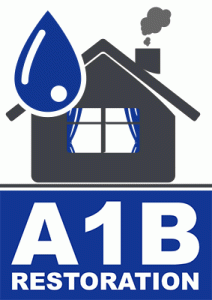
water damage cleanup companies Lakewood Dallas Texas
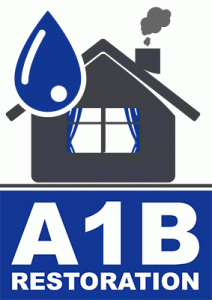
best water damage restoration near me Roanoke Texas

water remediation company near me North Richland Hills Texas
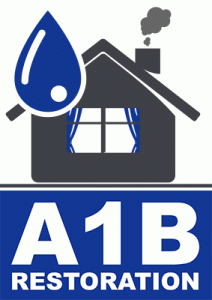
water removal services near me Grand Prairie Texas

best water damage restoration near me Lavon Texas

North Richland Hills Texas restoration water damage companies

Arlington Texas restoration water damage companies

Haltom City Texas restoration water damage companies
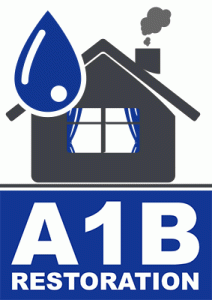
Parker Texas water damage restoration service near me
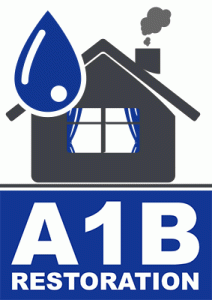
Roanoke Texas water damage restoration service near me

Murphy Texas water damage restoration service near me
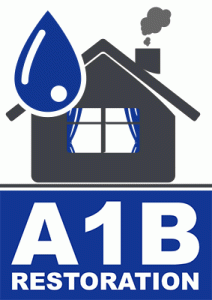
Crowley TX water damage restoration companies near me

Lakewood Dallas TX water damage restoration companies
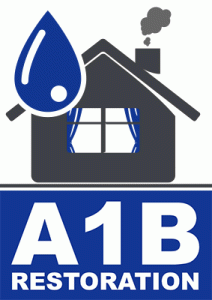
Roanoke TX water damage restoration companies near me

McKinney TX water damage restoration companies near me

The Colony TX water damage restoration companies near me
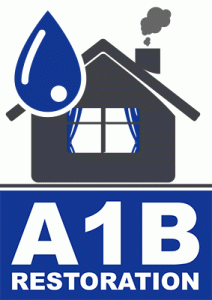
water mitigation company near me Haltom City Texas

residential water damage restoration Denton Texas
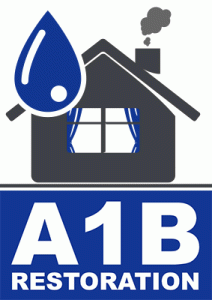
water damage restoration services near me Irving Texas
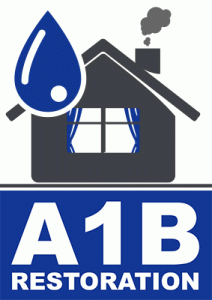
water damage restoration services near me Frisco Texas
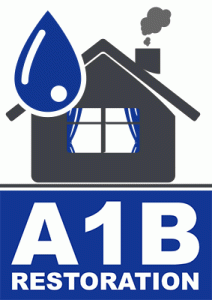
emergency water damage restoration Duncanville Texas

restoration company water damage Lakewood Dallas Texas
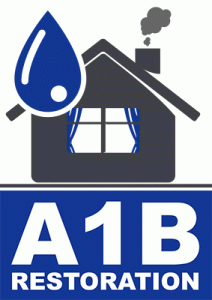
water damage and restoration companies Irving Texas

restoration services water damage Grapevine Texas
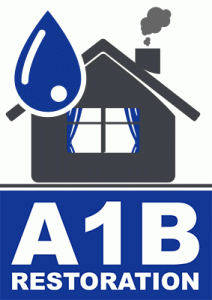
water damage restoration services near me Haltom City Texas

water mitigation company near me Duncanville Texas
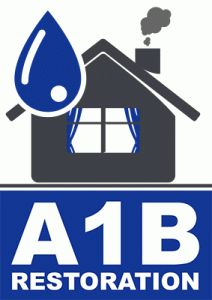
water damage restoration service North Richland Hills Texas
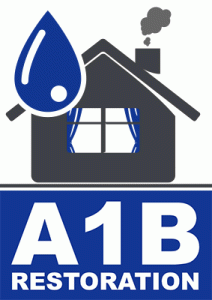
water mitigation company Lake Highlands Dallas Texas

